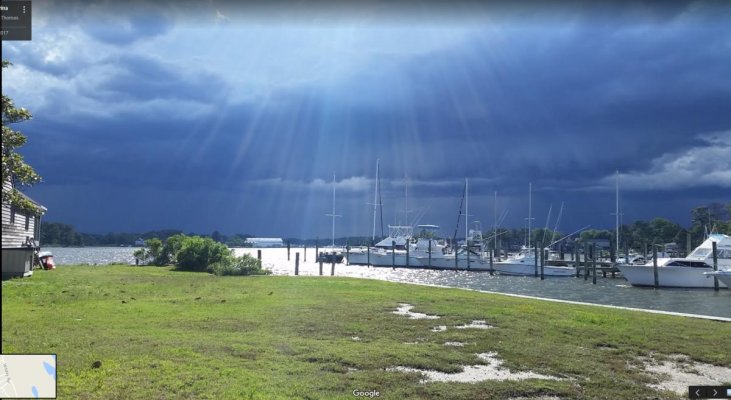#25
What is irresponsible is your cherry picking posts to show how smart you are. I will reiterate from my second, explanatory post:
My post was simply pointing out that the conductors that make up the 30A/125V shore power cables are really not the weak links in this system. Rather particular attention has to be paid to the shore power inlet on the vessel and the cable ends.
And as a marine electrician that has replaced dozens of burned/failed shore power cord ends and vessel shore power inlets, I stand by the statement.
I thought about using 40 amp breakers instead of 30, but what stopped me was the 30 amp rating on the yellow shore cable and any surveyor would instantly ding it as unsafe.
As a "Guru" you do realize that the panelboard shore power circuit breaker does not protect your shore power cable as it is downstream of the shore power cable. And, since you have some knowledge of the NEC, you must also realize that the NEC has prohibitions against stressing a system greater than 80% of its rated capacity. With that knowledge, it seems that a 40A DPCB in the panelboard or in an ELCi would be perfectly acceptable if all of the downstream wiring, normally a short run from the load side of the DPCB to the line side of the panelboard's branch circuit breakers, was appropriately sized.
105*c is over the boiling point of water. scalding, sizzling, steaming hot. I can't imagine the ends of the cables or the inlets not melting in that heat
What are you talking about? As a "Guru" I am sure you know that the temperature rating of the insulation is that temperature that the insulation can survive and still be, well, insulating. Further, the insulation temperature rating is functionally related to the amount of current (not power as stated in #19) that is flowing through the conductor.
ABSOLUTELY NOT ON TOPIC, BUT:
And while we are on the subject of insulation; do you know that the conductors inside of a 15kVA 240VAC transformer on both the primary and the secondary side are on the order of AWG 16. How is that possible, you might ask. It is possible because the conductor insulation temperature rating is >200C. And 200C is really, really hot.


